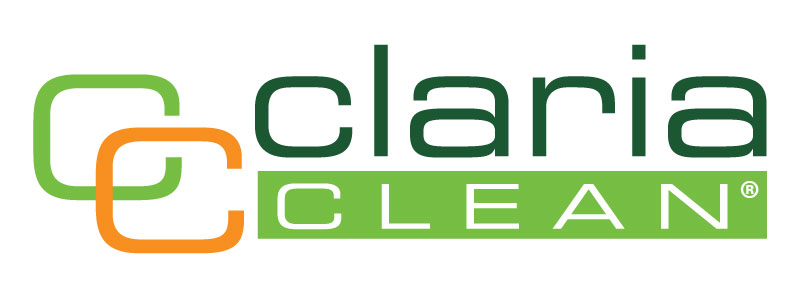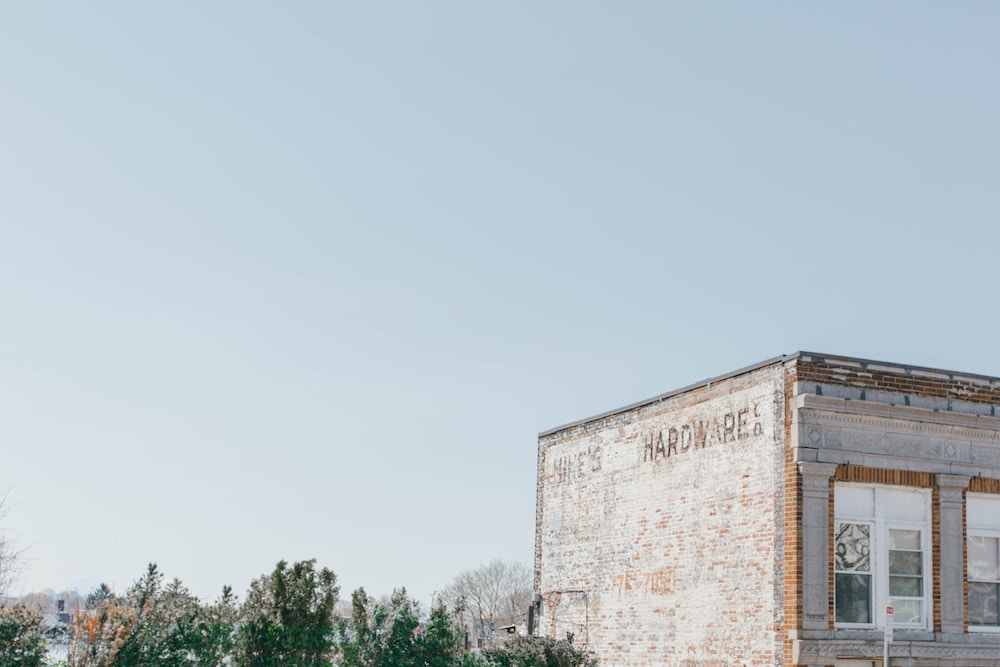How to treat, prevent, and spot the first signs of mold with a seasoned indoor hygienist.
Dino Svraka is an indoor hygienist in St. Louis and owner of MET Environmental, where he works with facilities to test for indoor contaminants, such as mold, lead, or asbestos. Through his testing, he is able to determine the existence & extent (if any) of these problems in commercial facilities and then prescribe the proper protocol for remediation.
We asked Svraka for his advice on preventing and remediating mold problems.
What are 4 ways facility managers can prevent mold in their buildings?
- Use dehumidifiers when humidity climbs over 55%. In a basement, humidity above that percentage can expose occupants to the danger of mold growth. Station the humidifier in the basement where it can empty directly into the master drain.
- Dry any water intrusion, like foundation and pipe leaks, as fast as possible. Mold can grow in as little as twenty-four hours, so the more time you wait to dry it out, the more you’re risking contamination.
- Perform periodic maintenance checks around the facility to prevent mold growth. I like to do a walkthrough in my own basement to note any new leaks or new water stains.
- Change air filters at the interval recommended by the manufacturer.
What steps do you recommend following if you believe you may have a mold problem?
With mold, what we can’t see is more of a concern. Just because you have mold in one room doesn’t mean the spores of mold growth cannot cross-contaminate another space. First, you will want to contact and hire an indoor hygienist to perform an inspection. The steps we follow are:
- Perform a visual assessment and make recommendations for further testing, if necessary.
- Start from the source and test backwards. If there is mold in one room in the basement, we test adjacent areas to see if the mold has cross-contaminated.
- Write a protocol on how far the mold inspection should go. We do this for two reasons: first, to define exactly what needs to be done, so no one has any questions; and second, to protect the facility against fraudulent acts by other parties or contractors.
Is there anything that has changed in mold prevention or treatment in the last few years? Any new technology, for example?
Different tools come onto the market all the time. I get a lot of calls from my clients ordering online testing kits and labs – I’m apprehensive about testing kits because many people don’t understand how mold works, so it’s difficult to test in a scientific manner.
For example, one client overloaded her sample with dust from a small rug in a building that was almost entirely hard surface flooring. Because the sample was not representative, in the end, she paid over $400 for a test that was inconclusive. Instead, she could have spent those funds on an indoor hygienist who would have been able to give her clear results so she would know how to proceed.
If you have questions regarding the presence of mold in your building or want to learn more, contact us at 636-887-0260.

